If you think skiing means lugging around long, clunky skis, think again. Skiblades - those shorter, lightweight skis - are flipping the script on what makes for a great day on the slopes. Here’s the quick takeaway:
- Skiblades (65–120 cm) are easier to control, quicker to learn on, and way more fun for most skiers.
- They’re perfect for tight turns, moguls, and casual cruising.
- Forget the hassle of traditional long skis (170–190 cm): skiblades are lighter, simpler to carry, and even fit in your car trunk.
Sure, long skis still have their place for speed demons and deep powder fans. But for beginners, weekend warriors, or anyone who just wants to enjoy skiing without the extra baggage, skiblades are a game-changer.
Let’s dig into why shorter might actually be better.
Short Skis vs. Long Skis
Why Long Skis Aren't Always Better
For years, the ski industry has pushed the idea that longer skis equal better performance. Many traditional ski shops still promote this belief, reinforcing the myth that "longer is better." But for most recreational skiers, this mindset can actually create more challenges than benefits.
Stability and Speed: Separating Fact from Fiction
A common belief in skiing is that long skis automatically provide better stability and higher speeds. While this may hold true for professional racers or those chasing high speeds on steep slopes, the reality is quite different for the average skier. For those cruising on groomed trails, the difference in stability and speed between long skis and shorter options, like skiblades, is often negligible.
Shorter skis, in fact, excel in agility and allow for quicker turns. When it comes to overall speed, factors like the skier’s skill level, terrain, and snow conditions play a much bigger role than ski length alone. Interestingly, skiblades offer excellent stability for beginners and casual skiers thanks to their design - wider tips and tails help create a balanced and steady ride, rivaling the stability of traditional long skis. This challenges the idea that long skis are always the superior choice.
The Drawbacks of Long Skis
Despite their reputation, long skis come with notable downsides for everyday skiers. Their added length makes them harder to control, especially for beginners and intermediate skiers. Navigating tight tree runs or crowded slopes becomes trickier since long skis demand more effort for quick turns and sudden adjustments.
Most recreational skiers spend their time on varied terrain at moderate speeds, where the advantages of long skis don’t shine. Instead, the extra length and weight can make skiing more cumbersome and less enjoyable. While long skis may offer better flotation in deep powder, shorter skis with wider bases can perform just as well.
Brands like Snowfeet* recognize that modern skiers prioritize gear that’s easy to use and enhances their overall experience, rather than equipment designed for niche, high-speed scenarios. This shift highlights the growing preference for practical, versatile options over the traditional "longer is better" philosophy.
How Skiblades Beat Long Skis for Most People
The ski industry often markets long skis as the go-to option, but for the average skier, skiblades offer a smoother ride, better control, and a much faster learning experience.
Better Control and Turning with Skiblades
Skiblades, which typically range from 65 cm to 120 cm in length, are built for quick, precise turns on all kinds of terrain. Unlike traditional long skis that need more effort and space to maneuver, skiblades respond almost instantly to even slight weight shifts. This makes them a dream for tight spots - whether you're zipping through moguls, hitting the terrain park, or navigating narrow trails. Snowfeet* skiblades, in particular, excel in these scenarios, offering a level of agility that long skis just can’t match. Plus, this responsiveness makes it easier for beginners to pick up the sport and feel confident on the slopes right away.
Faster Learning with Skiblades
Long skis can feel intimidating and take time to master. Skiblades, on the other hand, are much more forgiving. They give you control right from your first run, helping you build confidence without the frustration that often comes with oversized gear. They also require less physical effort, which means you’ll spend less time exhausted and more time enjoying the mountain. In turn, this helps you improve your skills faster.
Performance Across Different Snow Conditions
Skiblades aren’t just about control and ease - they’re also incredibly versatile. They shine in moguls and terrain parks, where long skis can feel bulky and hard to handle. Whether you’re tackling jumps, pulling off tricks, or navigating tight trails, skiblades deliver without needing extra equipment. For backcountry fans, their compact size makes it easier to explore narrow hiking paths that long skis can’t access. On groomed runs, they shift effortlessly between relaxed cruising and sharp carving.
While deep powder is traditionally the domain of long skis, skiblades like the 99 cm Skiboards are designed to perform well in these conditions too. The trick lies in technique - skiblades require a more active approach in powder, but when handled right, they can deliver a fantastic ride.
Practical Advantages of Skiblades
Skiblades aren’t just about performance - they’re also incredibly practical. Snowfeet* skiblades, in particular, bring a level of convenience that traditional skis just can’t match.
Easy Transport and Storage
Let’s face it: long skis can be a hassle. At over 67 inches (170 cm), they’re awkward to carry, store, or fit into your car. Skiblades, on the other hand, are a game-changer. Snowfeet* skiblades range from just 15 inches (38 cm) to 47 inches (120 cm). That’s small enough to toss in your car trunk, take on public transportation, or even pack in your luggage for a ski trip.
Their compact size also means less effort lugging them around the resort. And when it’s time to store them? They fit neatly in closets, under beds, or in tight spaces - perfect if you’re short on storage. This portability doesn’t just save you time; it pairs nicely with the cost savings skiblades offer.
Lower Cost and Equipment Requirements
Speaking of savings, skiblades are a budget-friendly alternative to traditional ski gear. Snowfeet* skiblades start at just $150, with options like the 38 cm Mini Ski Skates priced at $170 and the 50 cm Ski Skates at $250.
Here’s the best part: you don’t need to shell out for specialized boots. Skiblades work with your regular winter or snowboard boots. Plus, their simple design and adjustable bindings mean fewer maintenance headaches and replacement costs. All of this adds up to a more affordable way to enjoy winter sports without cutting corners on fun.
sbb-itb-17ade95
Snowfeet* Skiblades: Modern Short Ski Design

Snowfeet* is shaking up the world of short skis by challenging the old-school belief that longer skis automatically mean better performance. Instead of sticking to tradition, they’ve embraced a compact design that prioritizes ease of use and performance - something a lot of skiers appreciate.
Their lineup includes three main models - measuring 65 cm, 99 cm, and 120 cm. These shorter lengths make Snowfeet* skiblades a breeze to pack, carry, and store. Plus, their lightweight design helps cut down on fatigue while skiing. This fresh approach highlights why these skiblades stand out and what makes them a solid choice for modern skiers.
Snowfeet* Model Features and Benefits
Here’s what you get with each model:
- 65 cm (starting at $635): Perfect for sharp, precise carving.
- 99 cm (starting at $675): A great balance of agility and stability.
- 120 cm (priced at $775): A longer option, but without the bulk of traditional skis.
One standout feature? You can use them with your regular winter or snowboard boots - no need to shell out for specialized equipment. This practical design choice sets Snowfeet* apart from the heavy, cumbersome long skis we’ve all seen on the slopes.
Snowfeet* vs Long Ski Comparison
Traditional skis from brands like Völkl, Head, or Dynastar typically measure over 170 cm. Snowfeet*, on the other hand, keeps things short and sweet. Their skiblades are far lighter and more compact, making them easier to transport, store, and handle. And because they’re so lightweight, they help reduce fatigue both on and off the slopes. For skiers who value portability and performance, Snowfeet* skiblades are an exciting alternative to the bulkier, conventional long skis.
Who Should Pick Skiblades Over Long Skis
Long skis often get all the glory in the ski world, but skiblades bring something special to the table. Their shorter length and lighter design make them a fantastic choice for a wide variety of skiers with different needs.
Best Candidates for Skiblades
Beginners will love skiblades. Long skis - often over 170 cm - can feel clunky and hard to manage when you're just starting out. Skiblades like the 65 cm and 99 cm models from Snowfeet* are easier to handle, helping new skiers build confidence and pick up skills faster.
Weekend skiers who hit the slopes for fun rather than competition will also appreciate skiblades. If your goal is to enjoy smooth runs without the hassle of mastering longer skis, the 99 cm Snowfeet* model offers the perfect mix of stability and agility.
Urban skiers with tight storage space will find skiblades a game-changer. Their compact size makes them easy to store in small apartments - think under your bed or in a closet. Snowfeet* skiblades make skiing accessible without requiring a garage full of gear.
Older skiers or those recovering from knee injuries can benefit greatly from the lighter, more maneuverable design of skiblades. They reduce strain on joints and lower the chances of awkward falls compared to bulkier long skis.
Travelers and ski tourists will appreciate the portability of skiblades. Forget lugging around oversized ski bags or paying extra airline fees. Snowfeet* skiblades fit easily into regular luggage, making your ski trips much simpler and stress-free.
When Long Skis Make Sense
While skiblades are versatile, there are times when long skis are the better option. Professional racers or advanced skiers tackling steep, technical terrain may prefer the stability and flotation that long skis provide, especially for high-speed descents or deep powder in places like Jackson Hole or Whistler. That said, these situations cater to a smaller group of skiers. Even in these cases, many find that Snowfeet* skiblades hold their own while offering unbeatable convenience in transport and storage.
Conclusion: Why Skiblades Win
For years, the idea that "longer skis are better" has dominated the slopes. But skiblades are here to challenge that notion, offering a whole new way to enjoy skiing with their simplicity, agility, and all-around fun factor. And the best part? These benefits translate into real, everyday perks.
Traditional long skis often come with a laundry list of challenges - specialized boots, tricky bindings, and the hassle of lugging around oversized gear. Snowfeet* has flipped the script with their compact, cleverly designed skiblades. Ranging from 65 cm to 120 cm, these shorter skis deliver precise control and help you build skills quickly, all without sacrificing performance.
But it’s not just about how they perform on the slopes. Skiblades are a practical dream. They’re easy to carry, fit right into standard luggage, and don’t require a ton of extra equipment. Even better, they work with the winter boots you already own, saving you money and storage space.
Skiblades make skiing something everyone can enjoy. Beginners will love how easy they are to learn on, while seasoned skiers can rediscover the joy of carefree, fun runs. Whether you’re a weekend warrior or a frequent traveler, skiblades offer a stress-free, versatile way to hit the slopes. Snowfeet* proves that shorter skis aren’t just an option - they’re the future of skiing.
FAQs
How do skiblades perform compared to traditional long skis on different terrains?
Skiblades, like the ones from Snowfeet, are all about agility and ease. Thanks to their shorter length, they let you make quick, sharp turns and give you precise control - ideal for everything from smooth, groomed runs to narrow, twisty trails. Plus, they’re lightweight and super portable, making them a breeze to carry around.
Now, while traditional long skis are often favored for their speed and stability, skiblades bring something different to the table: a mix of flexibility and pure fun. Whether you're carving down hard-packed snow or venturing into off-piste areas, skiblades turn the experience into something playful and lively. For casual skiers, they’re an excellent alternative to the bulk and heft of standard skis.
Are skiblades a good option for experienced skiers, or are they only suitable for beginners?
Skiblades can be an exciting choice, especially for seasoned skiers looking to mix things up! Take models like the 120 cm skiblades - they're built to give you solid stability and precise control. This makes them a great pick if you're an experienced skier craving a more playful and dynamic ride.
Sure, skiblades are easy for beginners to handle because of their shorter length, but don’t let that fool you. They bring a unique challenge and versatility that even the most skilled skiers can enjoy. If you’re switching over from traditional skis, they offer a fresh and fun twist without compromising on performance.
How do I decide between skiblades and traditional long skis for my winter adventures?
Choosing between skiblades and long skis really comes down to your skiing style, skill level, and what you want out of your time on the slopes.
Skiblades, which are shorter (usually 65 to 120 cm), are lightweight and super easy to handle. They’re a great pick for beginners, freestyle fans, or anyone who just wants a fun and flexible experience. Plus, they’re easy to carry around and forgiving, making them ideal if you’re after convenience and control.
On the flip side, long skis (ranging from 150 to 200+ cm) are built for seasoned skiers who crave speed, stability, and top-notch performance - especially in deep powder or on steep runs. While they shine in these areas, they can feel a bit bulky and might not be the best fit for casual skiers.
For many winter sports lovers, skiblades provide a refreshing alternative to traditional skis. They’re easy to use, versatile, and perfect for mixing things up - especially with innovative options like Snowfeet skiblades, designed to pack maximum fun into your time on the mountain.







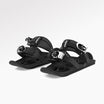
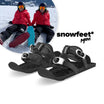

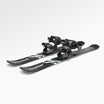

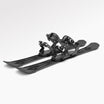

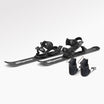








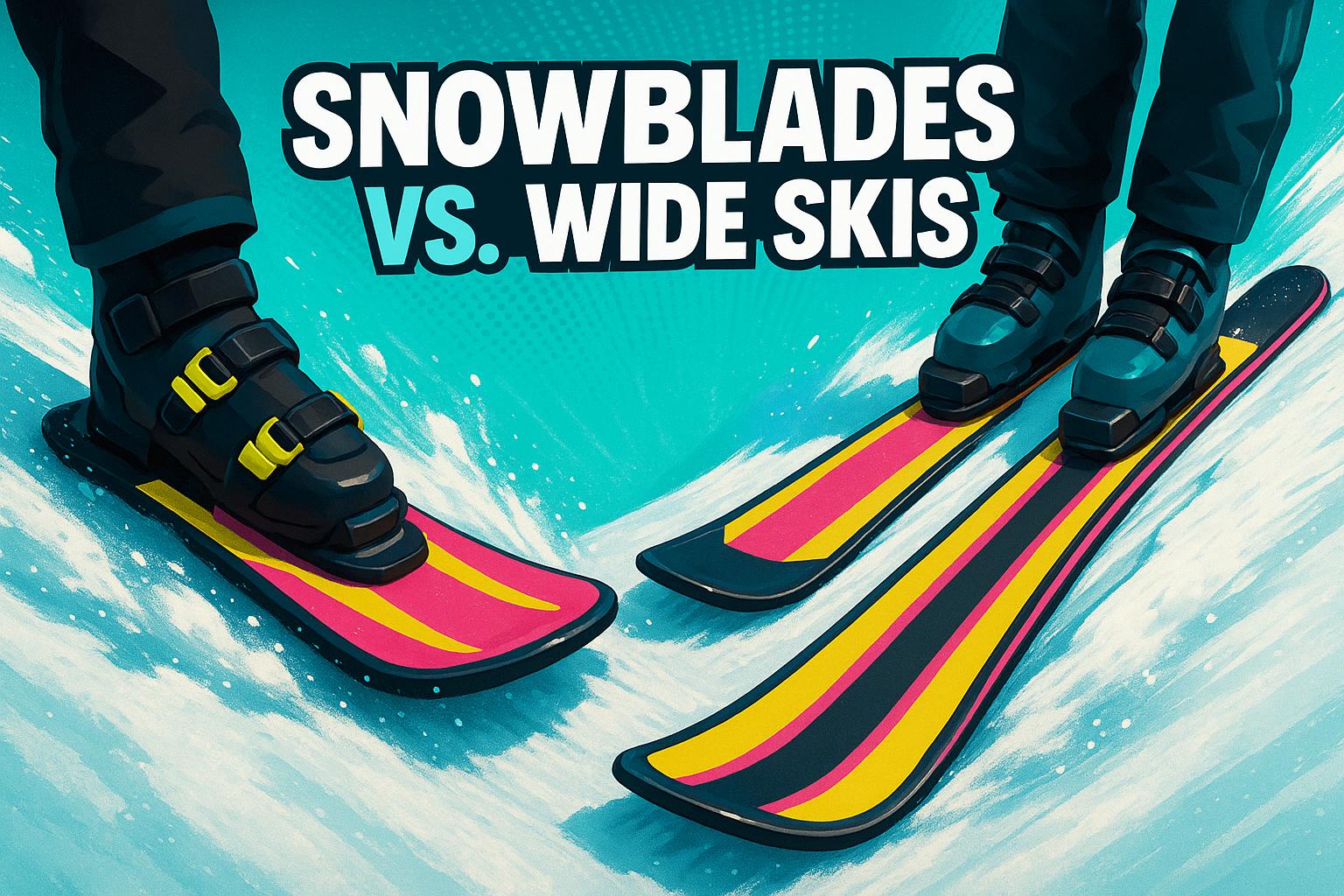




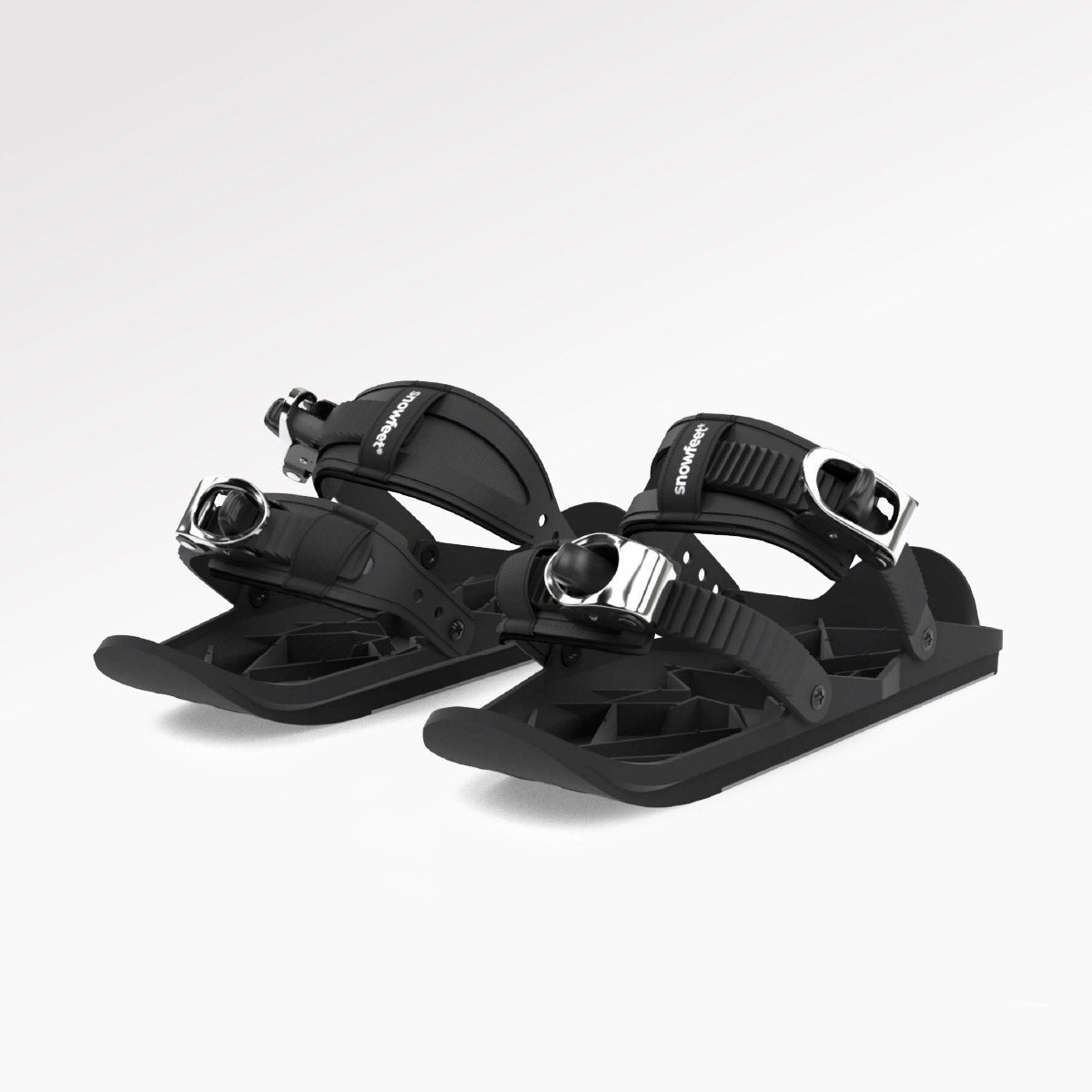
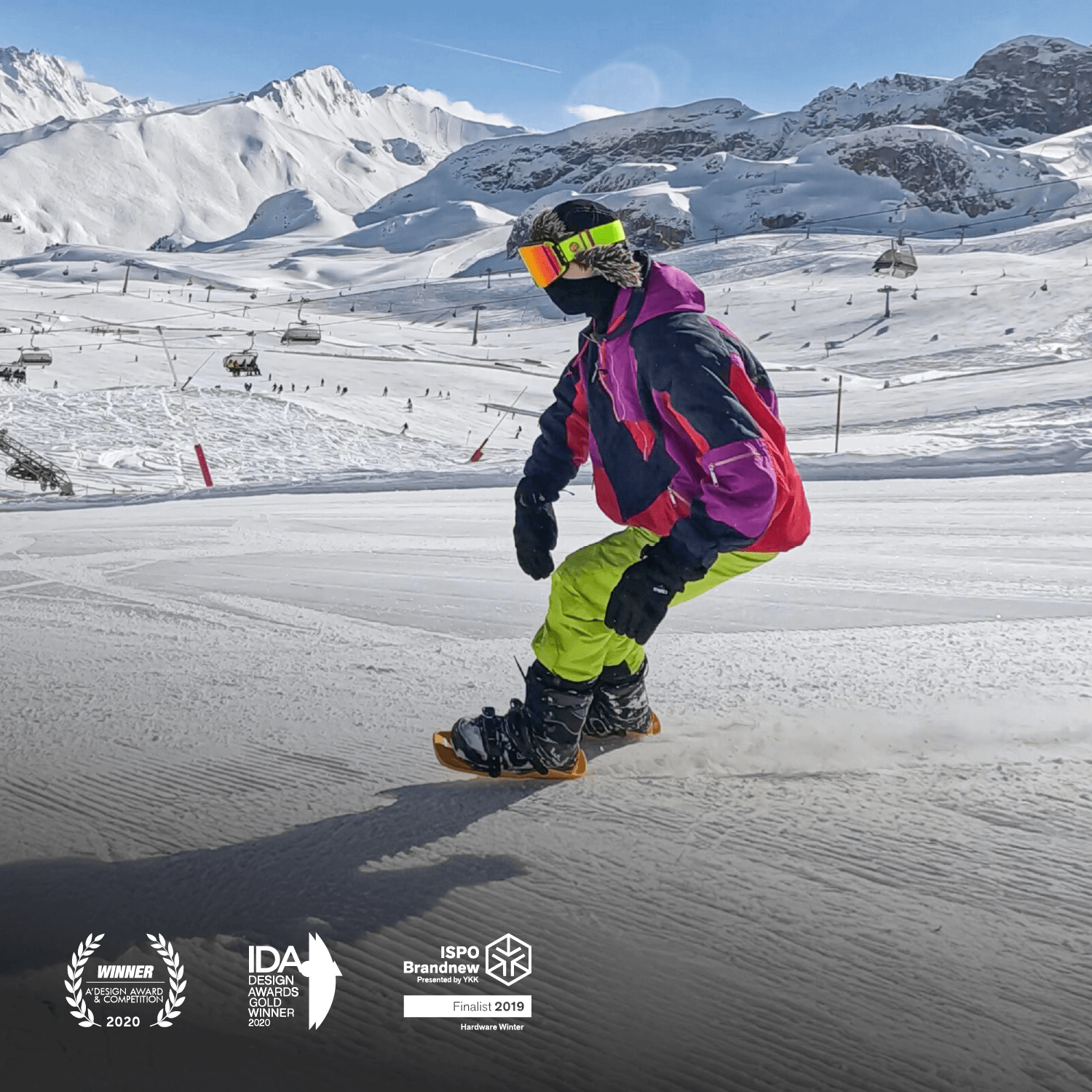


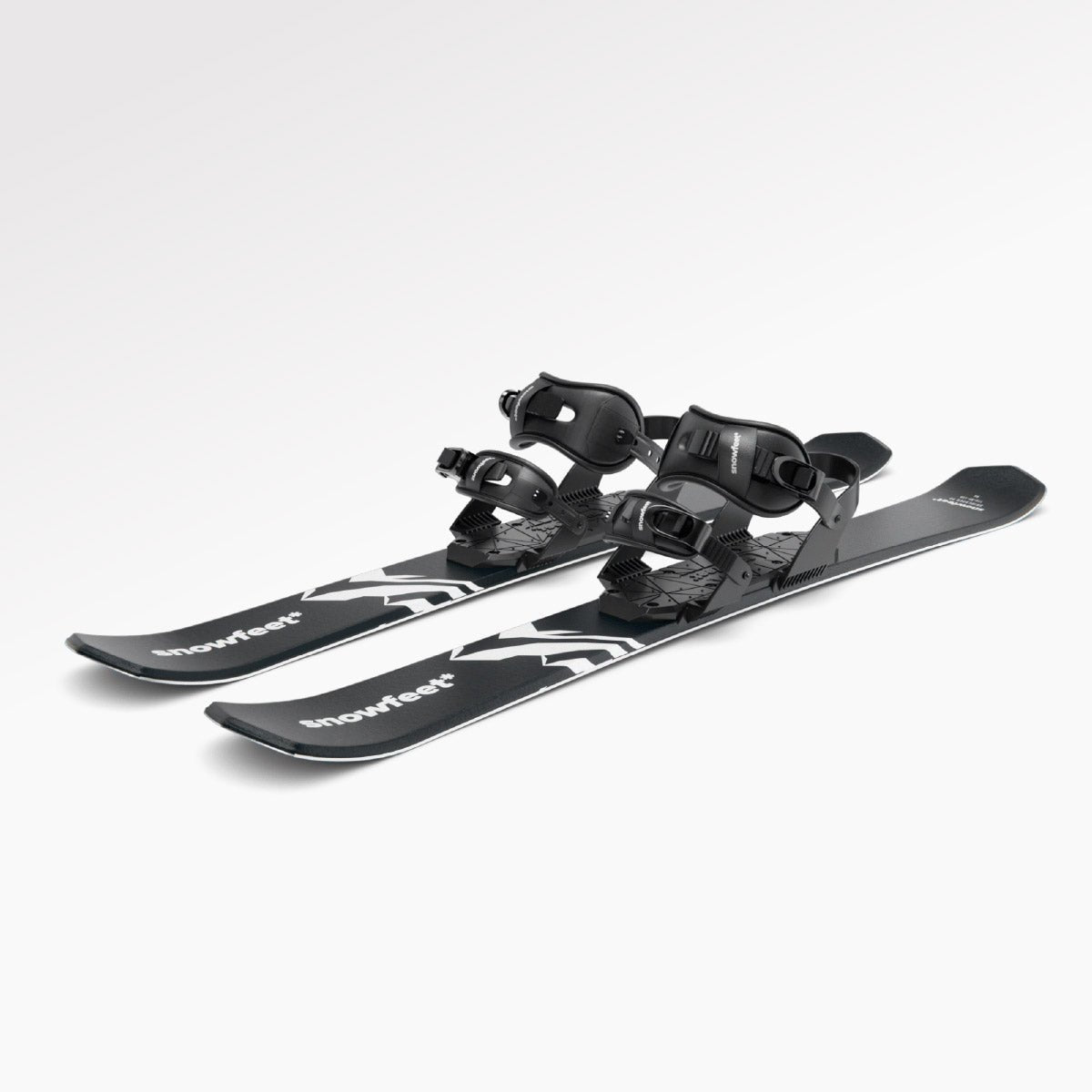

Leave a comment
This site is protected by hCaptcha and the hCaptcha Privacy Policy and Terms of Service apply.